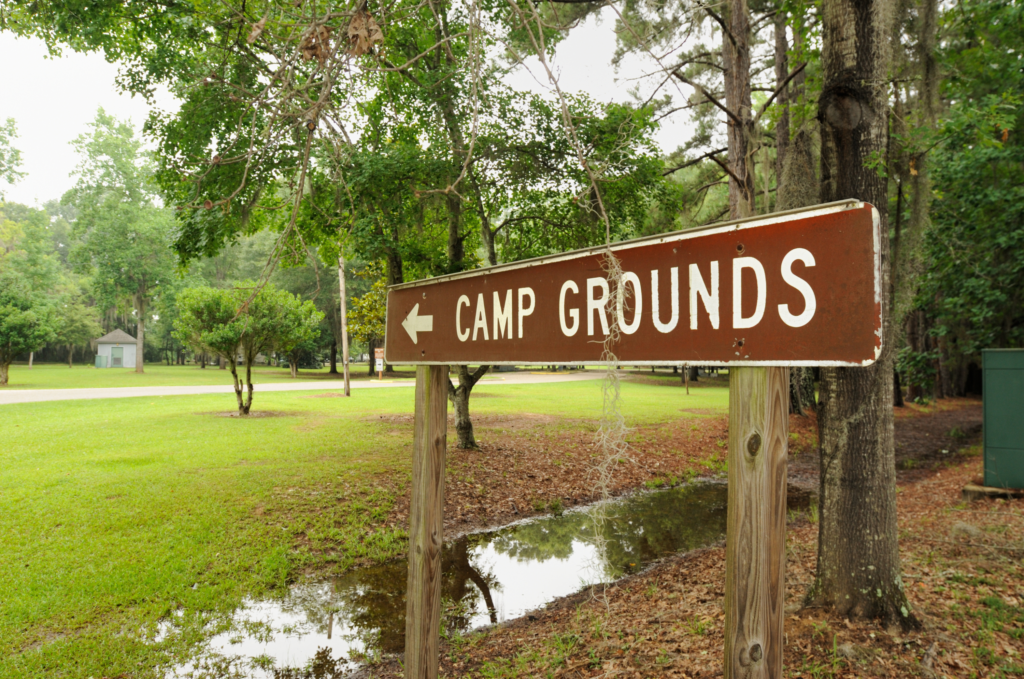You know you’re truly a van lifer or nomad when every conversation you have ultimately ends up with a discussion about your toilet. It is inevitable. I don’t know why, but we can’t seem to stop talking about this any time we get together!
But there’s a good reason for that: your camper van bathroom is probably one of the most used spaces in your van. Depending on what type you have, it can also be a somewhat complex system requiring water, plumbing, a black water tank and grey water tank, and consideration for space.
So let’s talk about toilets! In this article, we’ll give a brief overview of the different types of camper van bathroom options and the pros and cons of each. Let’s…er…dive in (not literally.)
Table of Contents
1. Composting Toilets
Composting toilets can be expensive if you don’t opt for a DIY version, but they are great for plumbing simplicity, space-saving, and ease of use. This is personally our favorite type of camper van bathroom toilet because it’s the most sustainable, but we understand they aren’t for everyone.
A composting toilet is essentially a bucket divided into two parts: one for solid waste and one for liquid waste. Keeping the waste separate prevents it from mixing to become sewage, which smells and gets really nasty.
The solids start breaking down into compost over the course of a few months, and the liquids tank can be easily emptied as needed. Note that it can take up to six months for solids to truly compost, so when you’re disposing of the solids from your composting toilet, you need to ensure you use an approved waste receptacle.
Pros of composting toilets
- Easy to install
- No plumbing
- Uses no water
- No smell
- You can DIY one if you’re so inclined
Cons of composting toilets
- Solids are not fully composted yet when it’s time to empty your bin, so you have to find an approved receptacle or add it to a true composting pile
- Liquids tanks are often small and need frequent dumping

2. WAG Bags
If you don’t want to dedicate any space to a camper van bathroom, a WAG bag is a great option.
A WAG bag is a bag for human waste that allows you to dispose of that waste easily, safely, and with minimal environmental impact. They are great for those who frequently take backpacking adventure trips—in fact, many popular areas require them.
Ideally, a WAG bag should be odor-proof, leak-proof, spill-proof, and made of a recycled or compostable material. The only downside to a WAG bag is learning how to use one without making a mess.
Remember that you cannot use a compostable bag for your waste and then bury it. Compostable bags are made to compost in a composting facility and will take forever to break down on their own. We’ve seen time and time again that people bury bags of waste, and then a coyote or (even worse) someone’s dog digs up the bag (and poo) because they can still smell it, and it’s not breaking down.
Pros of using WAG bags
- Take up no space
- Easy to carry
- Can take it backpacking
Cons of using WAG bags
- Learning curve
- Must handle your own waste
- Need somewhere to store used WAG bags until you can dispose of them properly
3. Portable Chemical Toilets
A portable chemical toilet for your camper van bathroom is essentially a mini porta-potty. It’s similar to a composting toilet, except it doesn’t separate waste and instead uses chemicals to neutralize odors.
Compared to a composting toilet, chemical toilet options are less preferable, as the waste can’t be disposed of as easily because it is mixed and contains chemicals.
Pros of chemical toilets
- Cheaper than a composting toilet
- Small/low-profile
- Limited water use
- Portable
Cons of chemical toilets
- Uses harsh chemicals
- Have to dispose of at a dump station
4. Cassette Toilets
A cassette toilet is different from a portable toilet, although many people also call portable toilets cassette toilets. A cassette toilet is a stationary toilet bowl inside your RV, attached to a removable waste tank that dislodges from outside your RV. It’s kind of like combining a permanent toilet with a portable tank.
Rather than dumping the tank with hoses, as you would a regular built-in RV toilet, you remove the tank and dump it that way (usually in a public restroom).
Pros of cassette toilets
- Easy to install
- Requires very little plumbing
- Permanent seat
- Can be dumped at any restroom or dumpstation
Cons of cassette toilets
- Must be dumped by hand
- Small tanks require frequent emptying
- More difficult to fix/replace if something breaks
5. Built-In Toilets
These are the most commonly found type of toilet in large RVs and vans with bathrooms. They include a permanent toilet connected to a black water tank via a hose, which gets pumped out at a dump station.
These toilets are the most “out of sight, out of mind” toilet, but they are also the most prone to things going wrong. The plumbing can be extensive, particularly if you have a vacuum flush, and when things break, they can be difficult to fix.
Pros of built-in toilets
- Don’t have to deal with your own waste
- Can be easily pumped out at a dump station
Cons of built-in toilets
- They can smell
- Difficult to fix when they break
- Can only be pumped out at a dump station
- Most space-consuming toilet solution
6. Catholes
We don’t recommend doing this, because it is disruptive to nature, but sometimes you get caught out in nature, and the only way to go is to dig a hole in the ground. If you must do this, be sure to practice Leave No Trace. Dig your hole very deep (preferably at least eight inches), and carry all toilet paper out with you.
Sinks and Showers
Of course, camper van bathrooms aren’t all about just toilets! Let’s briefly talk about the types of sink and shower features you might find in a typical camper van bathroom.
Outdoor Shower
This is a fairly common shower solution in a van life setup. Whether it be a solar shower or a plumbed-in solution, this is a nice option because it allows you to save space inside the van. The downside, of course, is when you travel to a place where it’s too cold or too public to shower outside. In that case, a gym shower or showering at a friend’s is a good backup.
Integrated/Hidden Bathroom
This type of bathroom option employs the use of slides, seats, shelves, trap doors, etc. to hide the retractable shower and toilet away when not in use, and expose them only when needed. It takes up space in your van, but if you can afford to lose that space, it’s well worth it. Having a hot shower and toilet in your van makes van life much easier – although be aware of your water and power usage.
Wet Bathroom
The wet bathroom is a permanently installed bathroom that has been finished with tile or some other waterproof surface and has a sealing door so that all shower walls and surfaces can get wet. The bathroom essentially becomes the shower. Again, this takes up space, but is worth it if you can swing it.
What's Your Preferred Camper Van Bathroom Option?
There is no right or wrong answer when it comes to installing a camper van bathroom (or not!) in your van. The type of setup you have will be wholly dependent on your personal preference, space, and where you travel.
Remember: gym showers and public toilets are an option, and many van lifers get by just fine without any kind of bathroom in their van. Just make sure to do your research and examine all the options before you decide!
SHARE THIS POST


